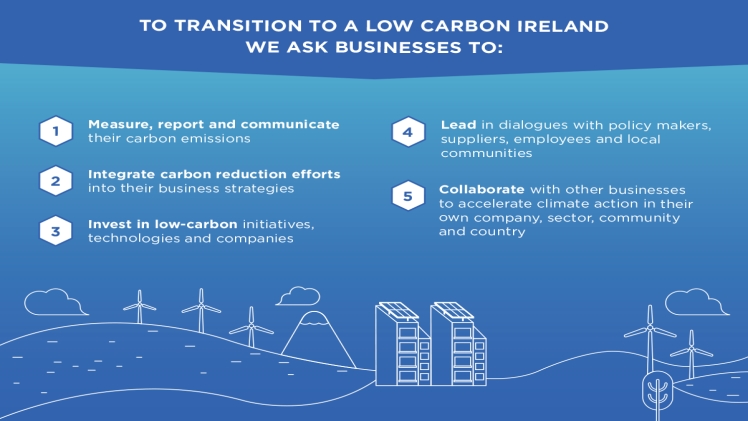According to the latest data from the IEA (International Energy Agency), the ongoing pandemic has resulted in a decrease in primary energy demand by nearly 4% in 2020, while energy-related CO2 emissions dropped by 5.8%; the largest decline since the Second World War.
Chances are, the pandemic has affected many areas of your business. If you have recently started ramping up activity again, or are getting ready to reopen, you may be considering some profound changes in how your business is run from now on. If one of your main goals is to reduce your CO2 emissions or contribute to reducing CO2 emissions in your industry, read on to see some of the areas you should consider reviewing.
Energy and Water
Producing energy and clean drinking water are major sources of CO2 emissions. By aiming to reduce how much energy and water your business uses, you will reduce such emissions.
Efficiency becomes the key idea here. It is not about restricting usage but more about understanding how your business uses resources to avoid wastage and ensure that your business uses them efficiently. There are many ways to go about this, from using energy-efficient appliances to recycling water or simply making sure that your team follows best practices like turning appliances off when not in use.
Water coming in for use isn’t the only resource to pay attention to. Wastewater generated by some businesses not only generates fees for the company but also involves a lot of resources to ensure the water is treated to either be reused or avoid polluting natural waters. If your business is concerned by this type of water discharge, make sure you look into ways you could be reducing the wastewater you produce. You can find more information about wastewater (also called trade effluent) here: https://www.castlewater.co.uk/services/trade-effluent.
Plastic & Food Waste
Plastic waste is a bigger issue than CO2 emissions. Still, there’s no denying that it accounts for a significant portion of total emissions. From its production to its distribution, every stage of its life cycle is carbon-intensive.
Plastic is essentially a fossil fuel. Oil, gas and coal are all involved in its creation. Their extraction processes are also huge contributors to global CO2 emissions (as well as other environmental concerns around extraction methods like fracking). If you run a manufacturing business, you could massively contribute to reducing your carbon footprint by looking at alternative materials in your packaging and processes. Note that not all plastic alternatives have a smaller carbon footprint.
You may be surprised to see food on this list, but according to calculations from Too Good To Go, edible food wasted could contribute as much as 3.3 gigatons of CO2 equivalent in a year. Grocery stores and restaurants are obviously particularly concerned by this. Still, any type of business catering to their employees could look at reducing food waste and supporting local communities (to avoid emissions caused by transports).
There are many ways for businesses to reduce their carbon footprint. In doubt, always remember the three Rs ‘reduce, reuse, recycle’ and see where you can apply this in your activities. There are no changes too small as everything can add up and make a real impact in the long term.
If you’ve enjoyed this post, don’t forget to check out our other business advice articles here.

